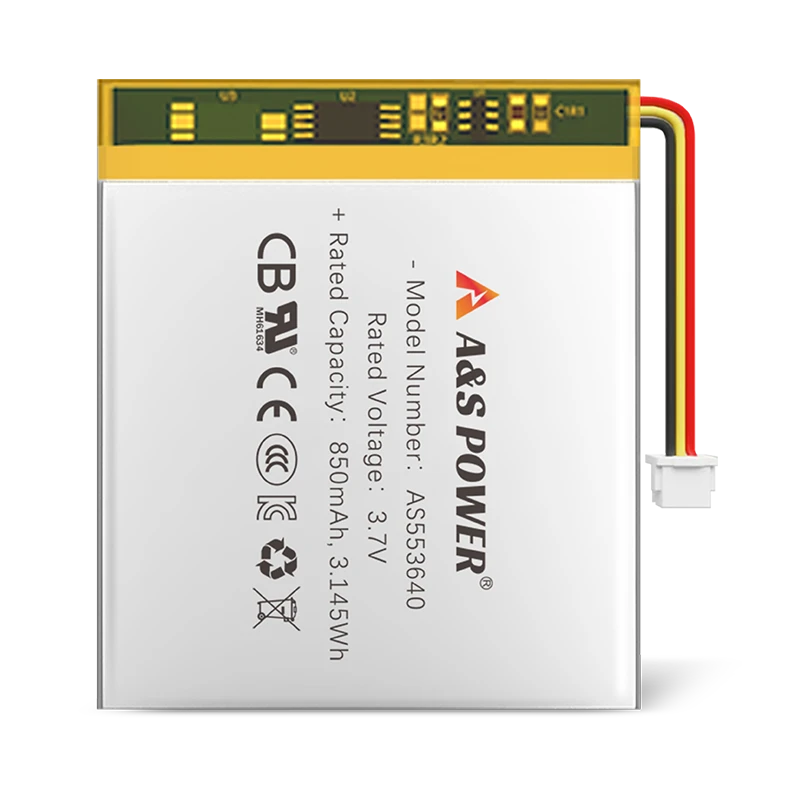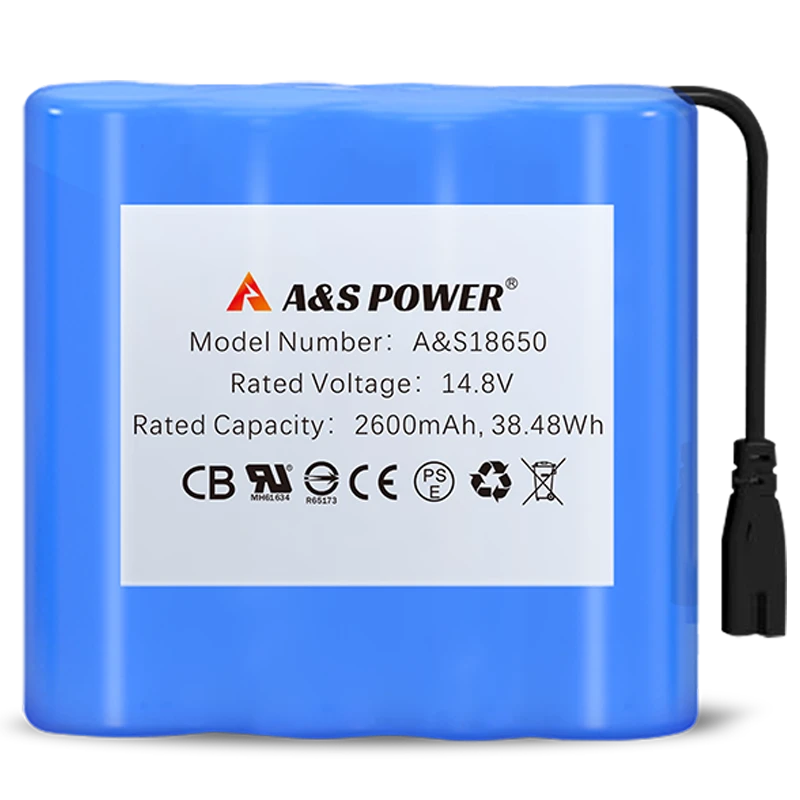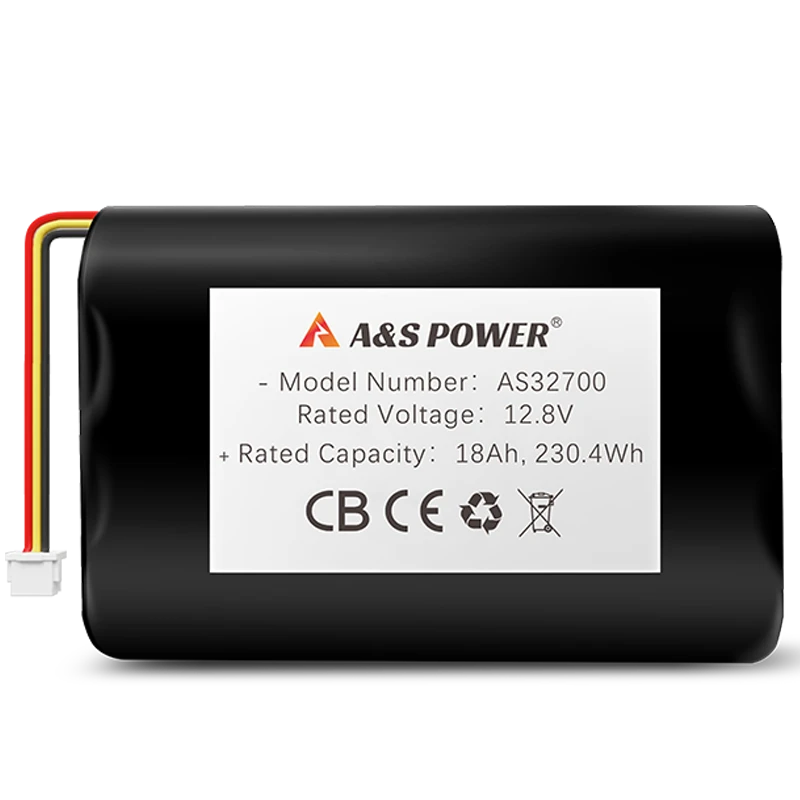Should You Choose a Blade Battery for Your Next EV?
Should You Choose a Blade Battery for Your Next EV?
The electric vehicle (EV) revolution is accelerating, and battery technology is at its core. Among the latest innovations, BYD's Blade Battery has emerged as a game-changer, promising superior safety, longevity, and cost-efficiency compared to conventional lithium-ion batteries. With the global EV battery market projected to reach $150 billion by 2030, understanding whether the Blade Battery is the right choice for your next EV is crucial. This in-depth analysis explores the technology behind Blade Batteries, their advantages and limitations, and how they stack up against competing solutions like NMC and LFP batteries.
What Makes the Blade Battery Unique?
Structural Innovation: The Blade Design
Unlike traditional prismatic or cylindrical cells, the Blade Battery features a long, thin design that maximizes space utilization within the battery pack. This unique form factor allows for higher energy density and better thermal management, reducing the risk of overheating—a common issue with conventional lithium-ion batteries. The Blade Battery’s structure also enhances mechanical stability, making it more resistant to impacts and vibrations, which is critical for EV safety.
Lithium Iron Phosphate (LFP) Chemistry
The Blade Battery uses LFP chemistry, which offers several advantages over nickel-manganese-cobalt (NMC) batteries:
- Enhanced Safety: LFP is inherently more stable, with a thermal runaway threshold above 500°C, compared to NMC’s 150–200°C.
- Longer Lifespan: Blade Batteries can achieve 4,000–6,000 cycles at 80% depth of discharge (DoD), while NMC batteries typically last 2,500–3,500 cycles.
- Lower Cost: LFP materials are cheaper and more abundant than cobalt and nickel, reducing production costs by 20–30%.
Table 1: Blade Battery vs. NMC and LFP Batteries
| Parameter | Blade Battery (LFP) | NMC Battery | Standard LFP |
|---|---|---|---|
| Energy Density (Wh/kg) | 160–180 | 220–280 | 150–170 |
| Cycle Life (80% DoD) | 4,000–6,000 | 2,500–3,500 | 3,000–5,000 |
| Thermal Runaway Risk | Extremely Low | Moderate | Low |
| Cost ($/kWh) | $80–100 | $100–130 | $70–90 |
Advantages of Choosing a Blade Battery for Your EV
Unmatched Safety Performance
The Blade Battery’s LFP chemistry and structural design make it one of the safest EV batteries available. In nail penetration tests—a standard safety benchmark—Blade Batteries do not catch fire or explode, even when punctured at 100% state of charge (SOC). This contrasts sharply with NMC batteries, which often ignite under similar conditions.
Superior Longevity and Cost Efficiency
Blade Batteries degrade more slowly than NMC batteries, retaining 80% capacity after 4,000+ cycles, compared to NMC’s 2,500 cycles. This translates to lower lifetime costs, as EV owners can delay battery replacements by 3–5 years. Additionally, the absence of expensive cobalt and nickel reduces raw material costs, making Blade-equipped EVs 2,000–5,000 cheaper than NMC-based models.
Environmental Sustainability
LFP chemistry is cobalt-free, eliminating ethical concerns tied to mining practices in the Democratic Republic of Congo. Blade Batteries also support closed-loop recycling, with 95% material recovery rates, aligning with EU and U.S. sustainability regulations.
Limitations and Challenges of Blade Batteries
Lower Energy Density
While Blade Batteries excel in safety and cost, their energy density (160–180 Wh/kg) lags behind NMC batteries (220–280 Wh/kg). This means EVs with Blade Batteries may have shorter ranges unless manufacturers compensate with larger battery packs.
Cold Weather Performance
LFP batteries, including the Blade Battery, suffer from reduced efficiency in sub-zero temperatures. At –20°C, Blade Batteries can lose 20–30% of their range, whereas NMC batteries lose 10–15%. Preconditioning systems can mitigate this issue but add complexity and cost.
Charging Speed
Blade Batteries typically support 1–2C fast charging, meaning 30–60 minutes for 10–80% SOC. While this is sufficient for daily use, it’s slower than NMC batteries, which can achieve 3–4C charging (15–20 minutes).
Table 2: Practical Considerations for Blade Battery EVs
| Factor | Blade Battery (LFP) | NMC Battery | Impact on EV Owners |
|---|---|---|---|
| Range per Charge | 250–300 miles | 300–400 miles | More frequent charging |
| Cold Weather Range Loss | 20–30% | 10–15% | Reduced winter range |
| Fast Charging Time | 30–60 minutes | 15–20 minutes | Longer stops on trips |
| Battery Replacement Cost | 5,000–7,000 | 8,000–12,000 | Lower long-term costs |
Blade Battery vs. Competing Technologies
Blade Battery vs. Solid-State Batteries
Solid-state batteries promise higher energy density (400+ Wh/kg) and faster charging (10-minute 10–80%), but they remain 3–5 years away from mass production. Blade Batteries, meanwhile, are already commercially viable, offering a practical solution today.
Blade Battery vs. Tesla’s 4680 Cells
Tesla’s 4680 cells use NMC chemistry with silicon anodes, delivering 300+ Wh/kg energy density and 6C fast charging. However, they are more expensive and less safe than Blade Batteries. For budget-conscious buyers prioritizing safety, the Blade Battery is a compelling alternative.
Conclusion: Is the Blade Battery Right for You?
The Blade Battery is an excellent choice for EV buyers who prioritize safety, longevity, and affordability over ultra-fast charging and maximum range. While it may not suit performance-oriented drivers or those in extremely cold climates, its low cost, ethical sourcing, and recyclability make it a standout option for the mass market.
-

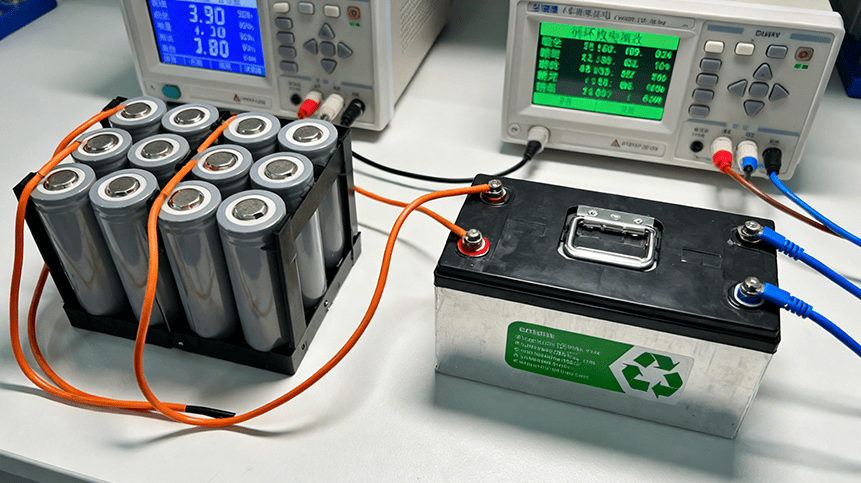 May.2025.11.24Ternary Lithium Battery vs Lithium-ion: Complete Comparison Guide (2025 Edition)Learn More
May.2025.11.24Ternary Lithium Battery vs Lithium-ion: Complete Comparison Guide (2025 Edition)Learn More -

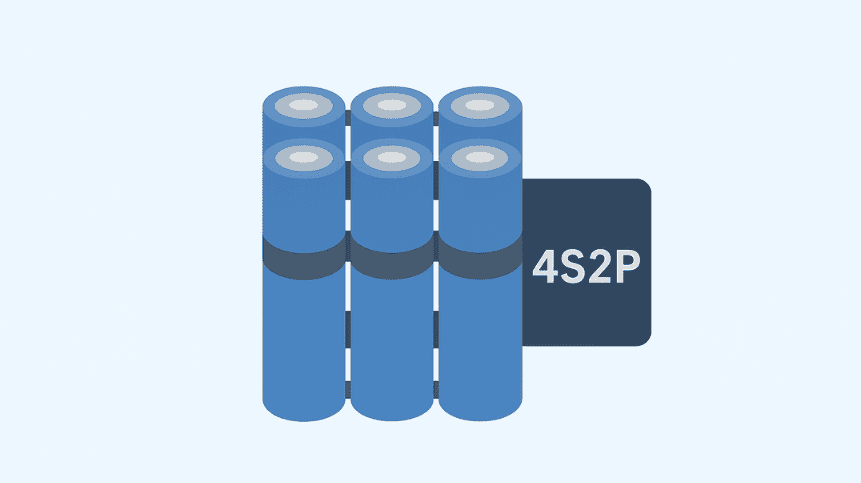 May.2025.11.214S2P 18650 14.8V Battery: Complete Technical Guide, Specs, Applications & SafetyLearn More
May.2025.11.214S2P 18650 14.8V Battery: Complete Technical Guide, Specs, Applications & SafetyLearn More -

 May.2025.11.18PCM vs BMS in Lithium Batteries: What’s the Difference and Which One Do You Need?Learn More
May.2025.11.18PCM vs BMS in Lithium Batteries: What’s the Difference and Which One Do You Need?Learn More -

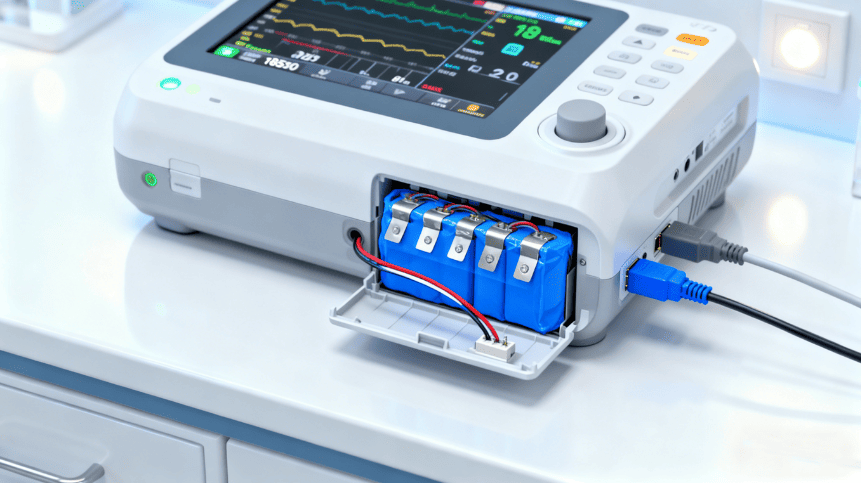 May.2025.11.17Custom Li-ion Battery Design for Medical Devices (2025 Comprehensive Guide)Learn More
May.2025.11.17Custom Li-ion Battery Design for Medical Devices (2025 Comprehensive Guide)Learn More -

 May.2025.11.17The Future of Lithium-Ion Batteries: Innovation, Sustainability, and Global Market TrendsLearn More
May.2025.11.17The Future of Lithium-Ion Batteries: Innovation, Sustainability, and Global Market TrendsLearn More




